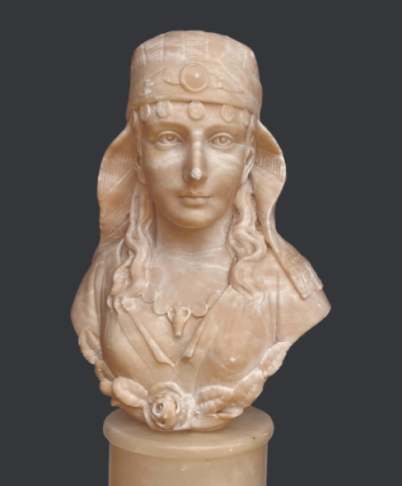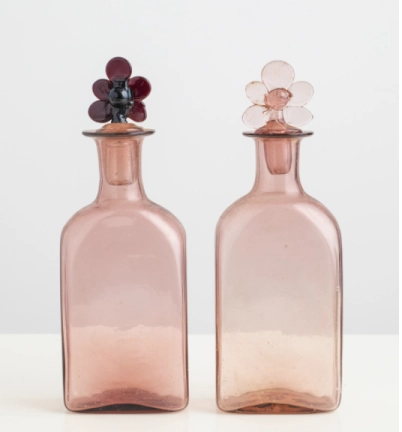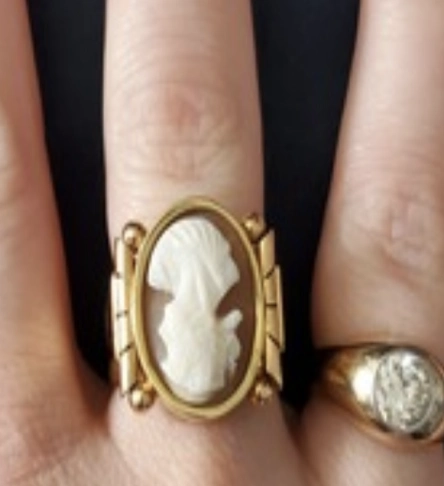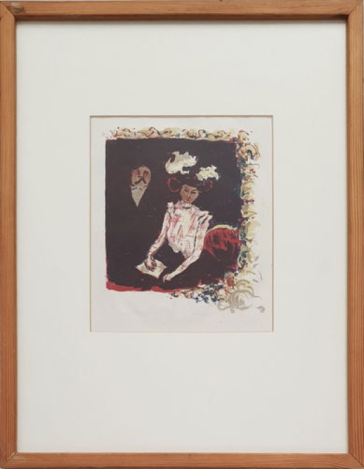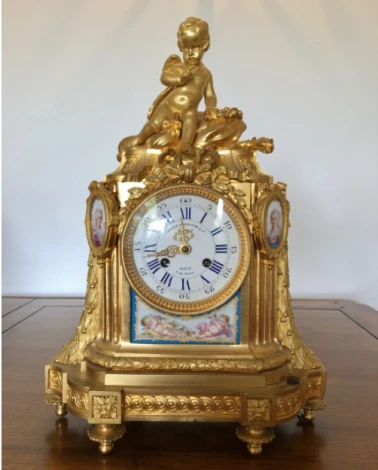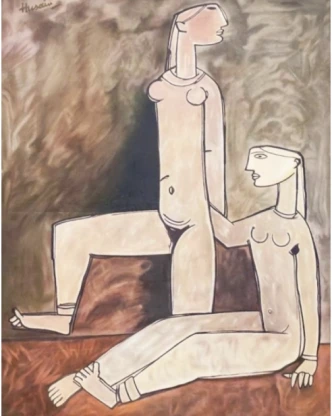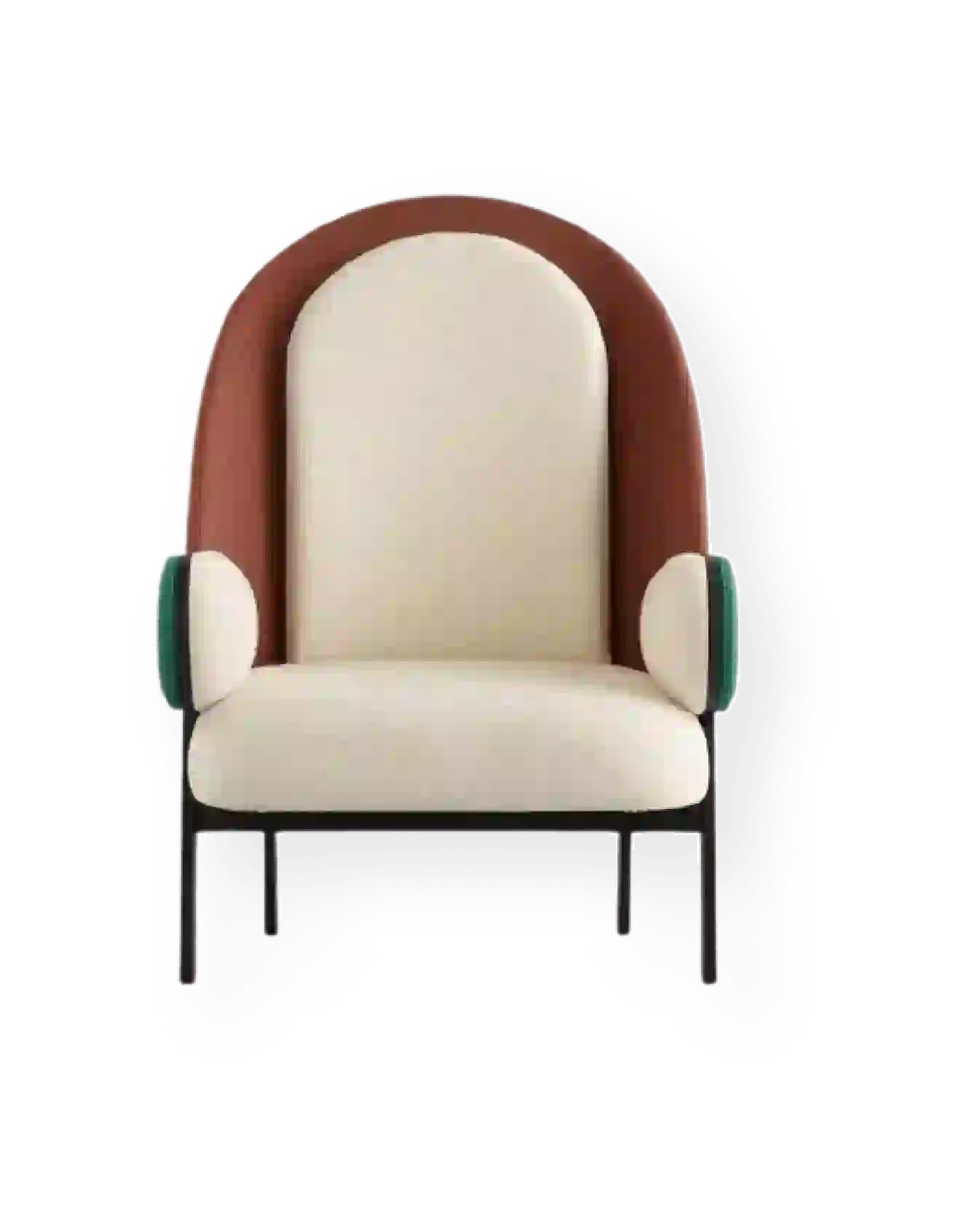Quick and affordable online appraisals of calligraphy


Quick and affordable online appraisals of calligraphy
How much is my Asian calligraphy worth?
Have you recently inherited or purchased Asian calligraphy and want to know its value? Mearto provides quick and affordable online appraisals of Asian calligraphy. All you have to do is click on the “Start Appraisal” button above and follow the steps to send us information about and images of your Asian calligraphy. One of our qualified and experienced specialists will review and get back to you with a fair market and insurance value, typically within 48 hours.
Have questions about the valuation provided, or would you like some advice about selling your Asian calligraphy? We are here to help! Our platform allows you to chat back and forth with a specialist to ensure that all of your questions are answered.
What is calligraphy?
Calligraphy is the visual art of writing often executed with a broad-tipped instrument or brush with ink. The word "calligraphy" is originally a Greek word meaning "beautiful writing." Calligraphy is a particularly important part of Asian art traditions; it is considered a high art form in China, Japan and Korea. The importance of calligraphy speaks to the importance of the written word among these cultures. The components of Asian calligraphy are called ’characters.’
The various practices of Asian calligraphy are referred to by different names according to the country in which they are practiced; Chinese calligraphy is locally called shūfǎ; Japanese calligraphy is shodō, originating around the mid 6th century; and Korean calligraphy is called seoye, originating around the 4th century. Traditional Asian calligraphy practice uses the Four Treasures of the Study which include the ink brushes, ink, paper and the inkstone. In Korean, these elements are referred to as the Four Friends of the Study.
What is the most expensive example of calligraphy?
The most expensive examples of calligraphy are usually from China. The record for most expensive calligraphy is a scroll by Chinese calligrapher Huang Tingjian (1045-1105) of the Song Dynasty, which sold for $64 million. Huang Tingjian was a student of Su Shi. One of his scrolls sold subsequently at Christie’s Hong Kong for $59.5 million. Factors that contributed to the high sale price of these scrolls include the age, rarity and the esteem of the authors.
What are a calligrapher’s tools?
Many ancient calligraphers used a cake of carbon-based ink ground on an ink stone and diluted by controlled droplets of water. Slightly later calligraphers used a flexible animal hair brush and a writing surface of paper or silk.
What are the different styles of calligraphy?
The cursive style includes cursive, semi-cursive, rough script, grass script or running script. This style is defined by its less constrained, freer characteristics in which visible elements of the writing utensil are often present.
Japanese and Korean calligraphy was heavily influenced by Chinese calligraphy, but have evolved to develop their own distinct styles over time. Korean and Japanese calligraphy still utilized CJK strokes, which are the calligraphic strokes needed to write Chinese script.
Chinese Calligraphy
The oldest examples of Chinese calligraphy inscriptions made over 3,000 years ago for the rulers of the Shang dynasty.
- Oracle Inscriptions - In Chinese calligraphy, oracle inscriptions are the earliest known examples of Chinese calligraphy, dating back to the 13th century BC. The inscriptions were often made on the bones of animals or shells, and are the records of divinations extracted from the patterns of cracks on the bones or shells. This style along with Small Seal, Great Seal, and Clerical styles are considered “archaic” styles, and are no longer in use.
- The Great Seal Style - This includes a variety of styles used during the Chou Dynasty. This style is distinguished from oracle inscriptions by the more rounded characters and a mixture of thin and thick strokes.
- The Small Seal Style - This style emerged under the first imperial unification of China in an effort to standardize writing style. This style is very similar to Great Seal Style, but the characters are elongated, and the lines forming those characters are of uniform thickness.
- Clerical Style - During the Han Dynasty, Small Seal Style waned in popularity in favor of Clerical Style, which was able to be written more quickly thanks to the use of a brush. “Clerical” refers to the multiple examples of this style found in governmental records and documents.
- Regular Style - Regular Style finds the base of its precise aesthetics in Clerical Style. Regular style appears lighter and less formal. Calligraphy students usually master this style before graduating into other styles of calligraphy.
- Running Style - Running style, as indicated by the name, is applied faster and appears more fluid.
Korean Calligraphy
As previously mentioned, Korean Calligraphy is derived from Chinese Calligraphy. Hanja is the Korean name for the Chinese characters that are used in Korean Calligraphy. There are five major types of Korean Hanja calligraphy:
- Seal Script (Jeonseo)
- Cursive Script (Choseo)
- Block Script (Haeseo)
- Semi-Cursive Script (Haengseo)
- Official Script (Yeseo)
Japanese Calligraphy
After the invention of unique Japanese syllables Hiragana and Katakana, a distinctive form of Japanese writing developed after its foundation in Chinese calligraphy. Calligraphers, as a result, developed writing styles distinctive to Japan.
- Seal Script (Tensho)
- Clerical Script (Reisho)
- Regular Script (Kaisho)
- Semi-Cursive (Gyōsho)
- Cursive (Sōsho)
What is the historic importance of calligraphy?
Individual calligraphic styles were also used by early Chinese emperors who would ascribe decrees in stone to assert their power and authority. Elite status in society was often obtained by demonstrating a command of the written word. Those who attained this status were called scholar officials.


